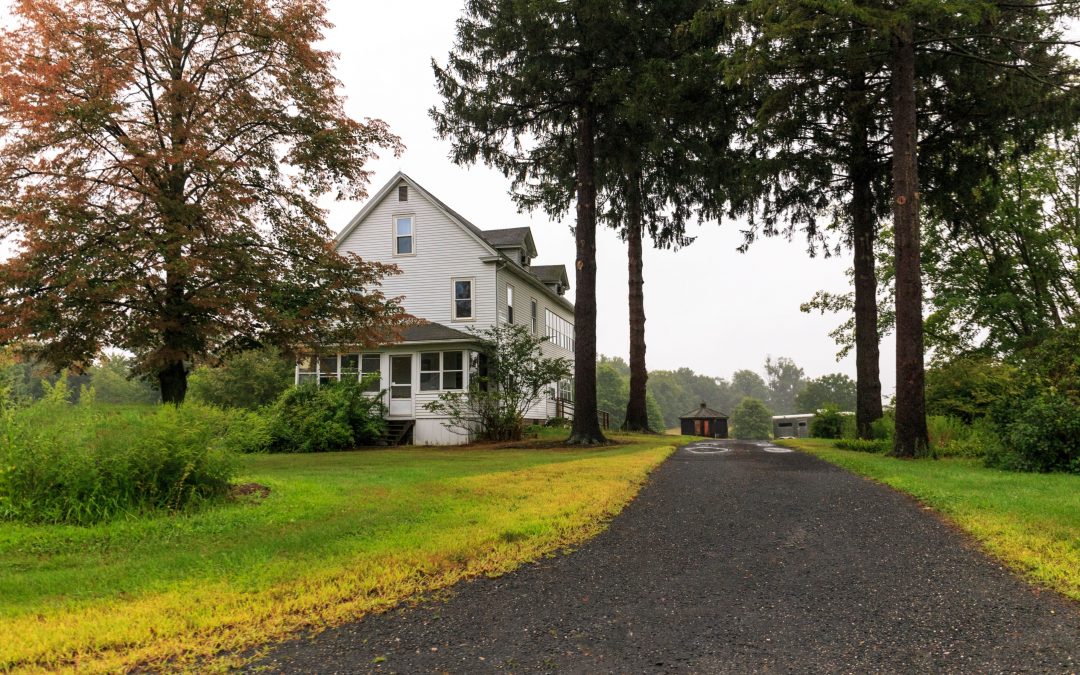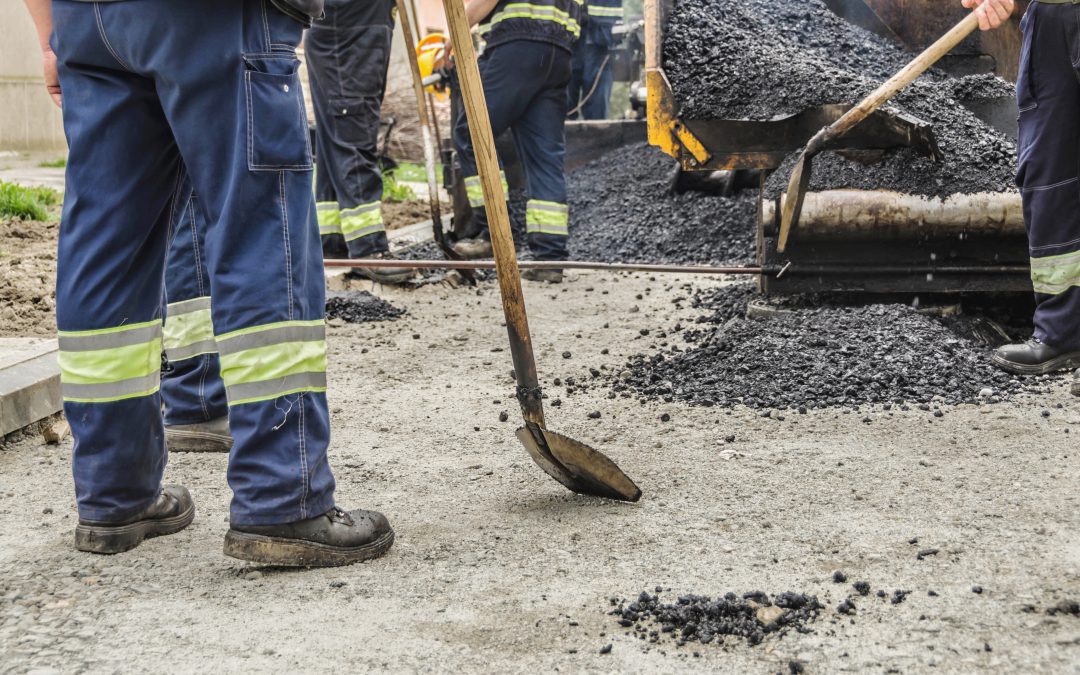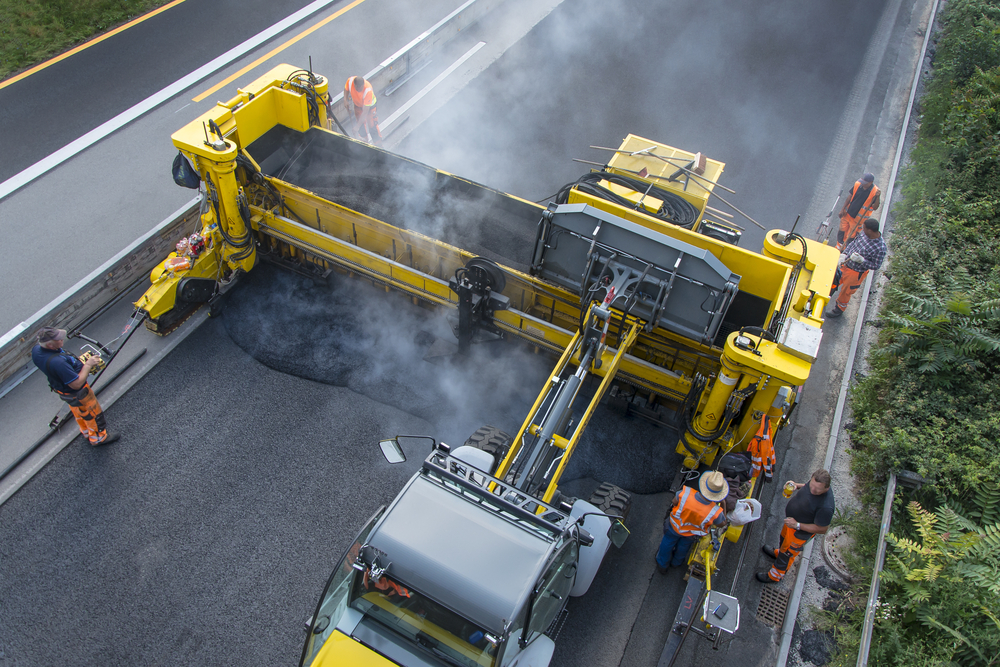by lakeridge | Jul 19, 2018 | Residential Paving
Download full version...

by lakeridge | Jul 19, 2018 | Residential Paving
Suburban homeowners have it easy. Many don’t need to plan for their driveways – they’re just included with the home. When your house is in the country, however, not only will you need to consider how you’ll have access to things like water lines and internet access, you’ll also need to design a functional driveway. These are a few things you’ll need to consider before beginning construction. Type of Driveway Material Your driveway should reflect your personal style while also fitting within the constraints of your home and location. Thankfully, driveway material has advanced beyond cobblestones and dirt. Today there are more durable and aesthetically pleasing driveway materials. Consider the four most common materials when deciding on the best design for your rural driveway. Gravel Many homeowners choose gravel because the material is relatively inexpensive and quick to install. When properly installed and maintained, gravel can last a lifetime. Unfortunately, maintaining a gravel driveway is time consuming and constant. Weeding becomes more difficult, and the top layer will need to be refreshed every one to five years. Concrete Concrete can last 30 to 40 years and is a solid driveway material that requires minimal maintenance when properly cared for. It’s not suited for cold and snowy regions because it erodes easily when exposed to road salt. Stains are also particularly difficult to remove from this surface. Concrete can be damaged easily by freezing temperatures, unruly tree roots and improper installation. Pavers Pavers are the most customizable of all driveway materials because they are available in a variety of colors and shapes. They provide natural irrigation for lawns and...

by lakeridge | Jun 21, 2018 | Commercial Paving, Residential Paving
When you’re driving down the highway, you don’t often think about the smooth, durable black stuff underneath your tires. It turns out, there’s a lot more to asphalt pavement than meets the eye. For instance, it’s one of the most widely-used materials in the country – more than 94 percent of American roads are paved with asphalt – and there are many types that cater to different situations.1 If you plan to take on a pavement project such as resurfacing a driveway, review these different types of asphalt so you can be sure you’re getting the best product for the road ahead. Porous Asphalt Porous asphalt is often used to pave parking lots because it reduces standing water after a heavy rainstorm. This style of asphalt is ideal for rainy spots, like the Puget Sound area. When storm water pools on an asphalt surface, it can cause defects, such as potholes, which are dangerous for vehicles and pedestrians. Porous asphalt combats pot holes and other defects by giving standing water a place to go. A layer of permeable asphalt is placed over a reservoir of open-graded stone. Storm water travels through the pavement, into the stone bed and eventually infiltrates the soil. When properly maintained, porous asphalt can last 20 years or more.2 Quiet Pavement Just as its name suggests, quiet pavement is a type of asphalt that reduces traffic noise. Paving a noisy road with a stone-matrix asphalt or open-grade friction has shown to reduce noise levels by up to seven decibels. According to the Asphalt Pavement Alliance, reducing noise levels by even just three decibels is equivalent...
by lakeridge | May 31, 2018 | Commercial Paving, Residential Paving
Download the full presentation...
by lakeridge | Mar 15, 2018 | Commercial Paving, Residential Paving
Download the full presentation...

by lakeridge | Mar 15, 2018 | Commercial Paving, Residential Paving
Although 94 percent of paved roads in the US are covered in asphalt, it has many other uses beyond providing durable and reliable protection for highways and parking lots.1 In fact, many people don’t realize the versatile material offers such a wide variety of surprising and strange potential uses – including some around the home. Here are just a handful of surprising uses for asphalt you may not know about. Graffiti Removal Unfortunately, buildings made of brick or cinderblock are makeshift canvases for graffiti vandals. When a graffiti artist does spray paint a wall, their work is difficult to remove, and the process often requires stripping agents or other heavy chemicals which can damage the building materials. An easy way to minimize the effect a graffiti artist can have on your building is to coat the exterior in black, asphalt-based paint. It won’t stop a vandal from tagging the wall, but if they do, you can quickly cover it up with an additional layer of virtually unnoticeable asphalt paint. Protecting Trees and Wood Liquid asphalt can serve as a bandage for trees with open wounds due to limb removal, insect infestation or any other kind of damage. Simply seal the wound with a coat of liquid asphalt and it will be less vulnerable to additional damage like bacteria or rot. Even wooden structures, such as patios, decks or wooden fences, can be protected from the elements and the effects of old age with a coat of asphalt sealant. Art Interestingly, asphalt can either protect against artistic expression or encourage it. For example, bitumen, the primary binding agent in...




